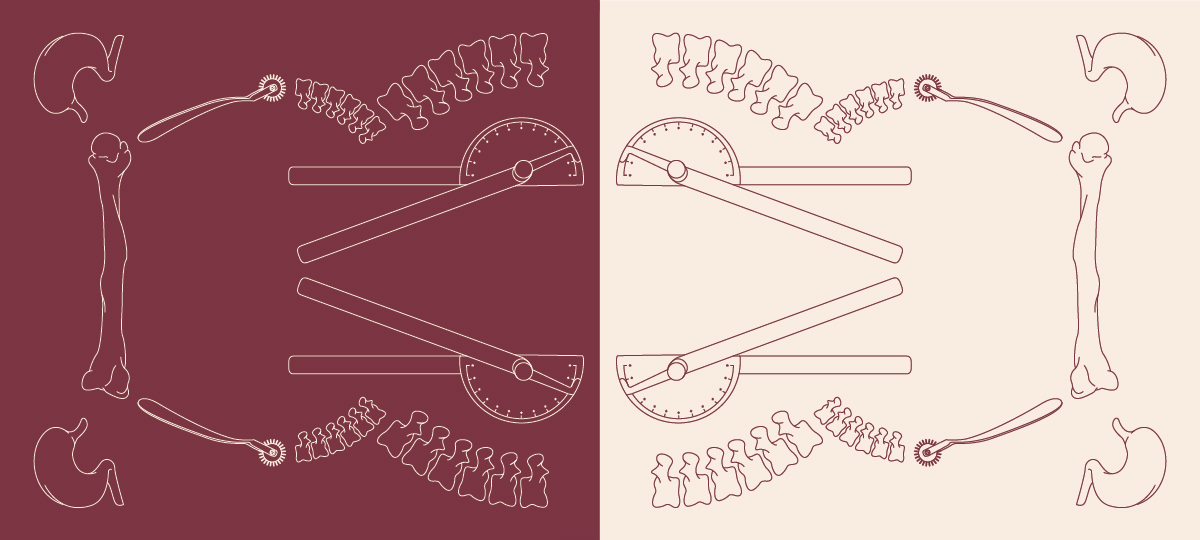So during your self-isolation, you’ve been taking the dog out for more frequent/longer walks, you’re picking up running again, or you’re ordering family bonding time by taking a stroll every evening. Good for you! Especially with the strange not-so-bad winter we’ve just had, we need some vitamin D and fresh air. However, you might find that your calves are starting to ache a little bit more, and you’ve developed some sharp pain in the bottom of your feet. Is it worse in the morning and gets better after a few minutes? Does it come back later with a vengeance? I thought so. Sounds like you have plantar fasciitis, but remember I can’t diagnose as it’s out of my scope of practice, so I can only say you MAY have it.
Plantar fasciitis is defined as a sharp, stabbing pain at your heel, or the ball of your foot, sometimes both if you’re unlucky. It targets mainly runners, overweight individuals, or people that wear footwear with a lack of support but it doesn’t discriminate so anyone is at risk (and it’s especially dependant on your profession if you stand all day).
This tissue acts as a bowstring, absorbing shock with every step you take, and strained with prolonged standing. Breaking an anatomical term from Latin down, plantar = sole of foot, fascia = band/swathe, and -itis meaning inflammation. So plantar fasciitis is inflammation of the fascia of bottom of the foot. Simple enough right? The tissue attaches at the heel bone (Calcaneal Tuberosity), and into the heads of the metatarsal (toe) bones. With a relaxed or neutral foot with no weight bearing, this band is in a slightly shortened position, and with weight bearing, it stretches out. Think of a rubber band! Now think about this tissue constantly forced in extreme pressure and stress, and micro-tearing occurring. The constant stretching can cause these tears to enlarge, and eventually irritate and inflame the fascia. Check out the source below to see plantar fascia on a cadaver!
In some cases (including personal and patients I’ve treated), a heel spur may develop, and that is a pain like no other and it’s easy to confuse the two separate, but sometimes connected conditions. I developed a heel spur from very poor footwear resulting in uncushioned impact directly under my heel with every step. A heel spur is excessive calcification on the base of the calcaneus (heel bone) sometimes due to repetitive strain of the plantar fascia in the body’s own attempt to help resolve the problem at hand (or foot).
On a side note – if you have been diagnosed with a heel spur, some methods you can try out to prevent the continuous calcification is to add a gel insert for your heel (Dr.Scholl’s Comfort Heel Cushions with Massaging Gel Advanced is a great product) or in some cases you may even need to cut out a hole in the insole of your shoe for absolutely NO contact for recovery (my mother had to go through this method as advice and equipment from an Athletic Therapist unfortunately didn’t work out for her).
Overused and tight calves can contribute to plantar fasciitis as well. When these muscles (soleus & gastrocnemius) become overtight, they can cause the plantar fascia to be affected through the posteromedial fascial chain (back/inside banded connective tissue).
Some rehab exercises you can do to help with the pain and recovery, is to ice the bottoms of your feet for 10 minutes and then roll each foot over a tennis ball for self-massage, 5 minutes every evening. This will help reduce the pain you feel in the morning, but in addition to that, you must to start stretching those calves. Facing a wall, stand in a lunge position with your hands bracing the wall, and slowly plant the heel of the back leg to the ground. Hold for 45 seconds, then slowly bend the knee of that same leg to stretch different muscle fibres.
Perform these every day, 3 times a day, 45 seconds each leg for about 2 weeks, and once you feel better, you can reduce the frequency per day, or per week.
Watch for my video this weekend on demos of these stretches!
Give The Honesty Policy a follow on Facebook at @thehonestypolicyca and on Instagram at @thehonestypolicyca . Here you can watch my tutorials and read condensed versions of my blog posts!

Subscribe to our newsletter!
The medical information on this site is provided as an information resource only, and is not to be used or substituted for any diagnostic or treatment purposes. The information we provide is for general use. Always seek the guidance of your doctor or other qualified health professional before making any medical decisions.
If you think you may have a medical emergency, call your doctor, go to the nearest hospital emergency department, or call the emergency services immediately. If you choose to rely on any information provided by The Honesty Policy, you do so solely at your own risk.
